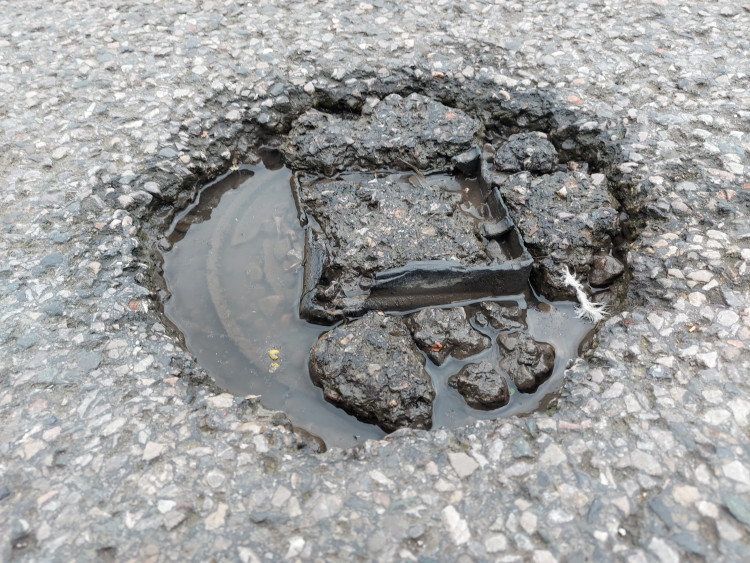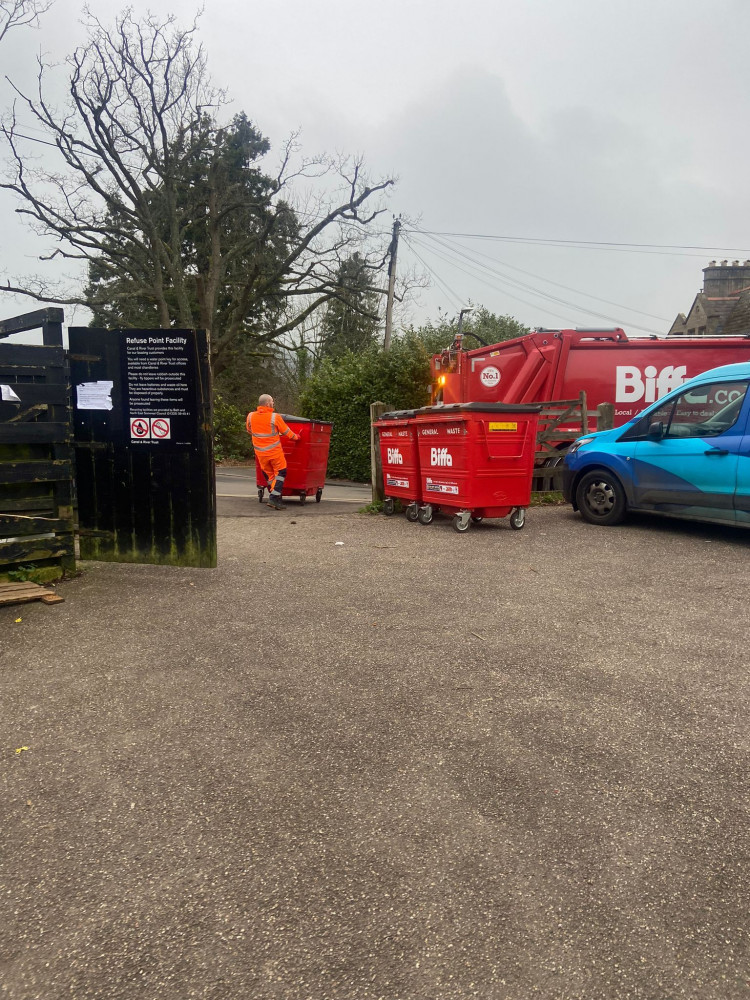Bath's low traffic neighbourhood rollout "won't cause chaos"
By Susie Watkins
8th Jun 2021 | Local News
Chaos will not materialise and Bath's low traffic neighbourhoods will not be scrapped even if they are initially disastrous, councillors have been told.
Sustainable transport manager Nick Helps said the benefits of shutting rat runs in residential areas are "huge" and have "massive" support, and drivers will quickly adapt.
But the main aim of the rollout – a key manifesto pledge for the Liberal Democrat administration – is to force down overall traffic levels and get people to walk, cycle and use public transport more.
Some 28 requests for low traffic neighbourhoods have been submitted so far that will be considered by cabinet members on June 23.
Bath and North East Somerset Council will then co-design schemes with the community and consult on each one at least twice before they are implemented with experimental powers.
Leader Kevin Guy said the first low traffic neighbourhoods would be rolled out by the end of April.
Mr Helps told scrutiny panel members on June 7: "There's obviously a huge appetite for liveable neighbourhood schemes so we developed an assessment criteria based on the number of households, how many people would benefit, alignment with the LTN objectives agreed at cabinet last December, and severity of issues.
"Cabinet will be deciding which areas to proceed with."
Low traffic neighbourhoods are "typically considered in predominantly residential areas, where several streets are grouped and organised in a way to discourage through-vehicle traffic or "rat-running".
They use measures like speed restrictions, partial or full road closures, modal filters and reallocating road space to improve walking and cycling infrastructure.
Officers have proposed grouping together several neighbourhoods, such as Circus area, Lower Lansdown, Marlborough Buildings, in a large "cell" so schemes help the whole area.
Mr Helps said Great Pulteney Street, Henrietta Gardens and Edward Street was a "top priority" area because of the amount of through-traffic, adding: "I'm confident that we would be able to devise a scheme there that would be acceptable to not all the residents but I think the vast majority."
Funding
Hundreds of thousands of pounds of the £2.2million budget for liveable neighbourhoods will be spent on communications, Mr Helps confirmed.
Councillor Joel Hirst said the programme was ambitious and exciting but not without risks. He said co-design with the community would be critical to its success.
He said he wanted to close off Old Fosse Road because the traffic cuts through a neighbourhood, but was wary of knock-on effects in already "chockablock" roads like Wellsway and Frome Road.
Side effects
"The unintended consequence of making that neighbourhood better will be that actually we'll create more air pollution, more fumes on the main road. How quickly will we be able to tune in on the evaluation of those details and be able to adjust if we need to, or reverse if it's actually a disaster?"
Mr Helps said there would be monitoring before and during a scheme.
"If a scheme was an absolute disaster you could on day one cancel it but I think it's best to wait, because these things will settle down," he said.
"If you predict chaos it doesn't materialise, because travel behaviour changes to adapt. The benefits are just huge.
"We should be forcing down the total level of vehicles – getting through-traffic down but also reducing residents' dependency on cars for trips by improving options for walking, cycling and public transport."
Councillor Grant Johnson warned of "untold anger and frustration" from residents if they see their money wasted on schemes that soon get scrapped.
Support and concerns
Mr Helps said a consultation on the broader liveable neighbourhoods strategy showed "massive support" among the 1,900 respondents for encouraging active travel, reducing the dominance of cars in busy residential areas and reclaiming road space for public realm improvements.
But he added: "There was concern that the proposals could negatively impact disabled people and older people. People were worried about the effect of topography and how this could limit walking and cycling in Bath. People were concerned about families with young children and how the proposals would affect their daily travel needs.
"They were concerned about the cost of residents' parking permits on low-income households. They were concerned about dedicated parking for electric vehicles reducing the availability of general parking. People were concerned about decanting traffic onto major roads, potential increases in congestion and overall parking availability.
"It's understandable that people have these concerns and we will seek to mitigate any adverse effects working with communities."
Councillor Lisa O'Brien said in other areas LTNs had hindered emergency service vehicles and cost home carers valuable time, adding: "I'm at a loss to understand how you can eliminate these impacts on those groups of people who do need a car."
She said poorer residents living on London Road could get more traffic pushed off other roads.
Mr Helps replied: "Low traffic neighbourhoods aren't about decanting traffic from one street to another – that that wouldn't that wouldn't be a success. We want to take out through-traffic from residential areas and reduce the total number of vehicles."
He said schemes could use number plate recognition rather than bollards to control traffic flow, similar to a bus gate, allowing ambulances, bin collections and disabled transport vehicles to pass freely.
"Political element"
Councillor Joanna Wright, the former cabinet member for transport, warned of political interference in the rollout, saying: "How are you going to deal particularly with ward councillors who have their own internal wish campaign, as opposed to recognising the wider vision that's needed for transport across the region?
"What an awful lot of all councillors have so far done is supply their solutions rather than the problems that experts like yourself can take forward."
Mr Helps said the council would take a step back, look at the problems and devise the most suitable solutions.
As well as applications for low traffic neighbourhoods, there were requests for six safe routes to school, three pedestrian safety or road safety schemes, one HGV enforcement scheme, six residents' parking zones and four on-street electric vehicle charging facilities.
Cabinet members will consider prioritisation of the applications when they meet on June 23.
There is another chance to submit applications before August 5.
New midsomernorton Jobs Section Launched!!
Vacancies updated hourly!!
Click here: midsomernorton jobs
Share:





